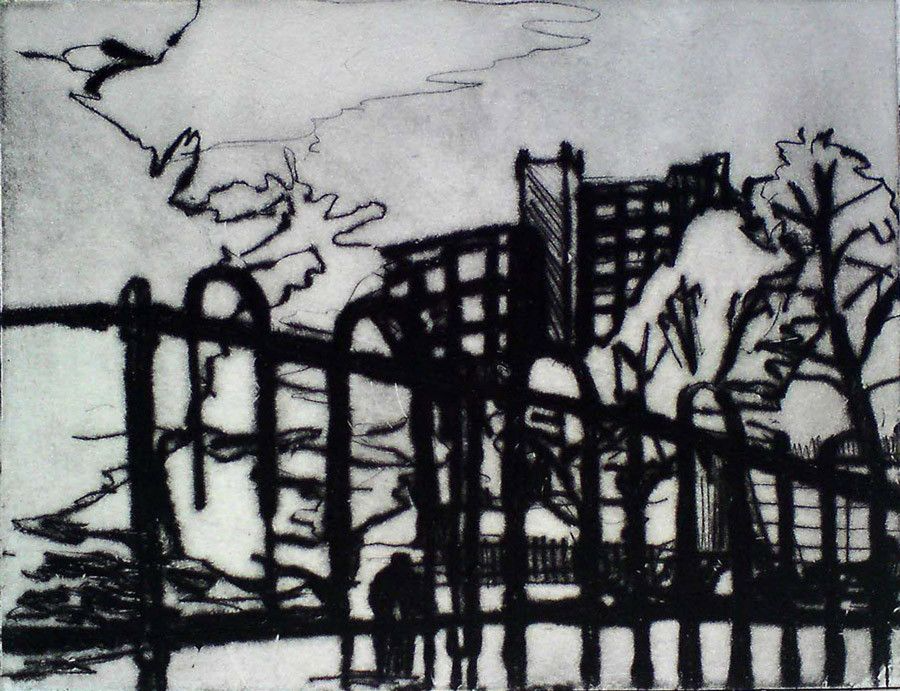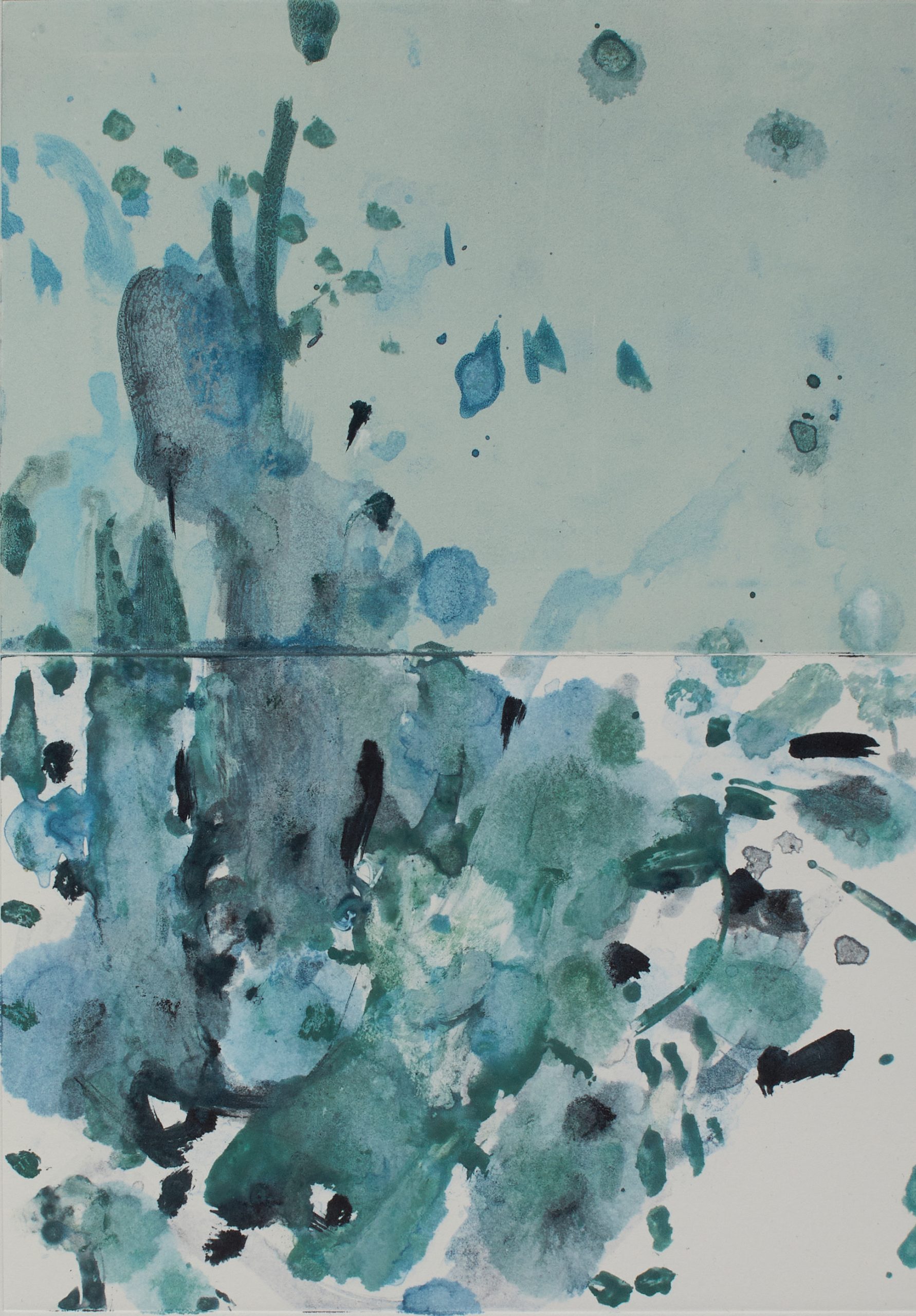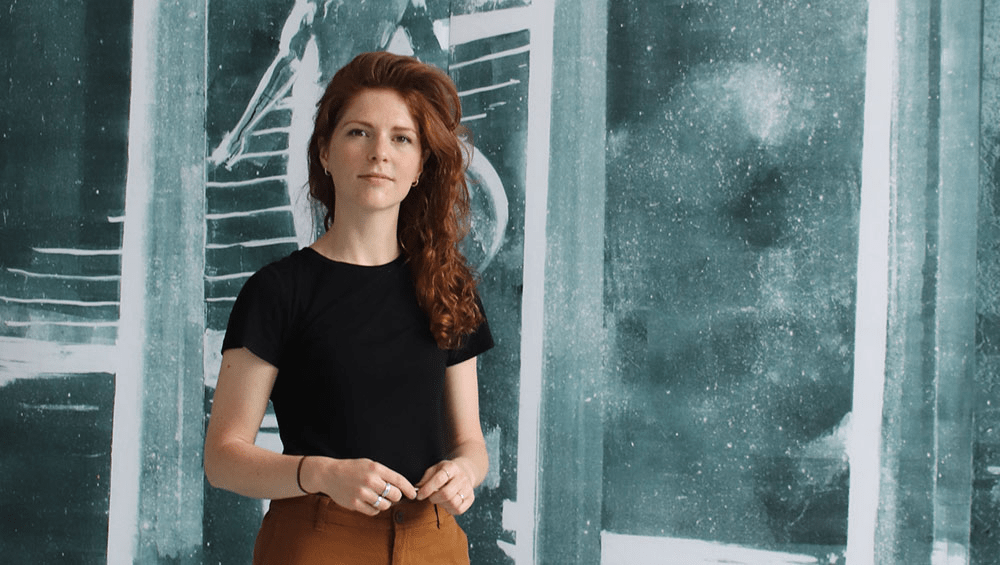
FEATURE
Lithography
An image is painted, drawn or stencilled onto a slab of limestone or a metal plate (often aluminium) with oily materials, including greasy crayons and pencils, special ink called tusche, and photochemical transfers.
TECHNIQUE
Lithography
An image is painted, drawn or stencilled onto a slab of limestone or a metal plate (often aluminium) with oily materials, including greasy crayons and pencils, special ink called tusche, and photochemical transfers.


The image is treated with gum arabic and nitric acid to fix the image areas from the non-printing areas.
When inking up the stone or metal with a roller, the surface is kept wet, so that the oil-based ink only sticks to the image area. Paper is then placed down and the stone or plate is run through a press.
More printmaking techniques
More Features
All featuresArtist talk: Eleanor Watson
Eleanor grapples with her attraction to decorative interiors, finding beauty in pattern, object and light, in this video presentation.
Etching
Etching was originally invented as a method for adding decoration to armour during the Middle Ages. Artists began to use metal plates for printing in the 15th century, when Albrecht Durer made work on iron plates. Later artists such as Andrea Mantegna in Italy and Rembrandt in Holland went on to make etchings on copper.




